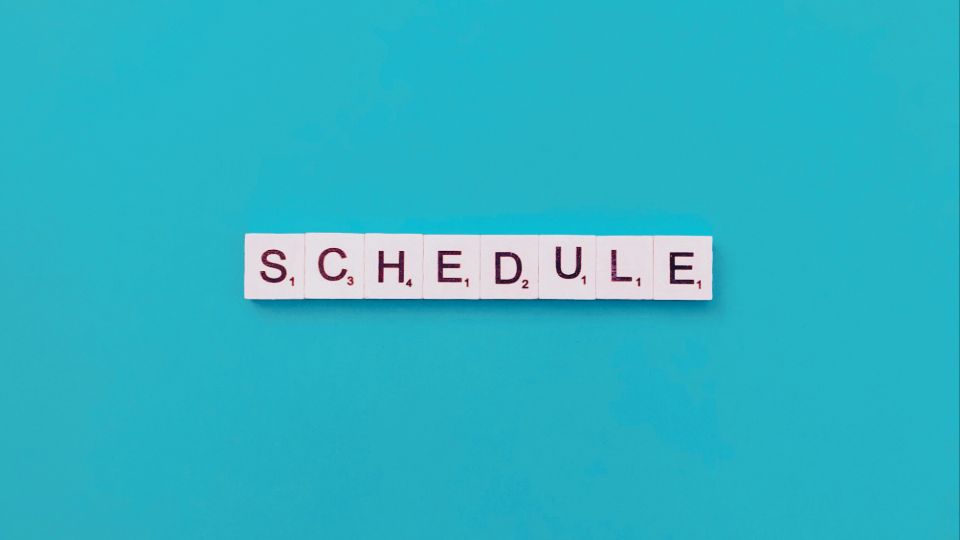Optimizing Your Social Media Posting Schedule
Timing is everything in social media in today's digital age. Posting at the right time leads to better engagement, traffic, and conversions. However, determining the ideal time to post your content is a strategic, analytical, and ongoing optimization process. Here’s a complete guide to ensure you post on social media at the best times.
Understand Your Audience
Knowing your audience comes before setting up a posting schedule. Ask yourself:
- What are the peak times of your target audience?
- Where are they located? (Time zones matter!)
- What type of content do they engage with the most?
Social media analytics tools such as Facebook Insights, Instagram Analytics, and Twitter Analytics can help you understand audience behavior and identify the day's hottest hours.
Best Times to Post on Each Platform
Though there is no perfect solution, research indicates the best time to post is:
- Facebook – Best engagement occurs between 9 AM - 12 PM on weekdays.
- Instagram – Posts perform well between 10 AM – 1 PM and 7 PM – 9 PM.
- Twitter/X – Ideal posting times are 8 AM – 10 AM and 6 PM – 9 PM.
- LinkedIn – The best engagement happens between 7 AM – 9 AM and 5 PM – 6 PM.
- TikTok – High engagement is seen from 6 AM – 10 AM and 7 PM – 11 PM.
These are general guidelines, but your audience may behave differently. Refine your schedule based on your data insights.
Find the Right Posting Frequency
Post too often, and you’ll overwhelm your audience; post too little, and you may disappear from their radar. As a general rule, here’s how often you should post:
- Facebook – 1-2 posts per day.
- Instagram – 3-5 times per week (including Reels).
- Twitter/X – 3-5 tweets per day.
- LinkedIn – 2-3 posts per week.
- TikTok – 4-7 posts per week.
Consistency is key. Stay active without overwhelming your audience.
Use a Social Media Scheduling Tool
Posting manually on multiple platforms is time-consuming. To save time and ensure consistency, use tools like:
- Buffer – Great for scheduling posts across multiple platforms.
- Hootsuite – Offers automation and analytics.
- Later – Best for Instagram and visual content scheduling.
- Sprout Social – Offers in-depth social media insights.
These tools enable you to plan postings and maintain a consistent posting rhythm.
Experiment and Adjust Your Strategy
Social media algorithms constantly evolve, meaning what works today may not work next month. Consistently monitor the success of your posts and tweak your strategy by reviewing:
- Engagement (likes, shares, and comments).
- Click-through rates (CTR).
- Follower growth.
Experimenting with when and what you post (A/B split testing) can help you fine-tune your strategy.
Leverage Evergreen and Trending Content
Balance your content strategy with:
- Evergreen Content – Timeless posts that stay relevant (e.g., industry tips, how-to guides).
- Trending Content – Buzz-generating topics relevant to your niche (e.g., viral challenges, industry news).
This mix provides variety in your content and ensures ongoing engagement.
Conclusion
Your social posting schedule should be continually analyzed and optimized. Knowing your audience, posting at optimal times, using scheduling tools, and refining your strategy will increase engagement and grow your online presence. Stay consistent, measure results, and keep experimenting to discover what works best for your brand.
Need assistance configuring a custom posting schedule for your business? Now let’s optimize your social media strategy!
